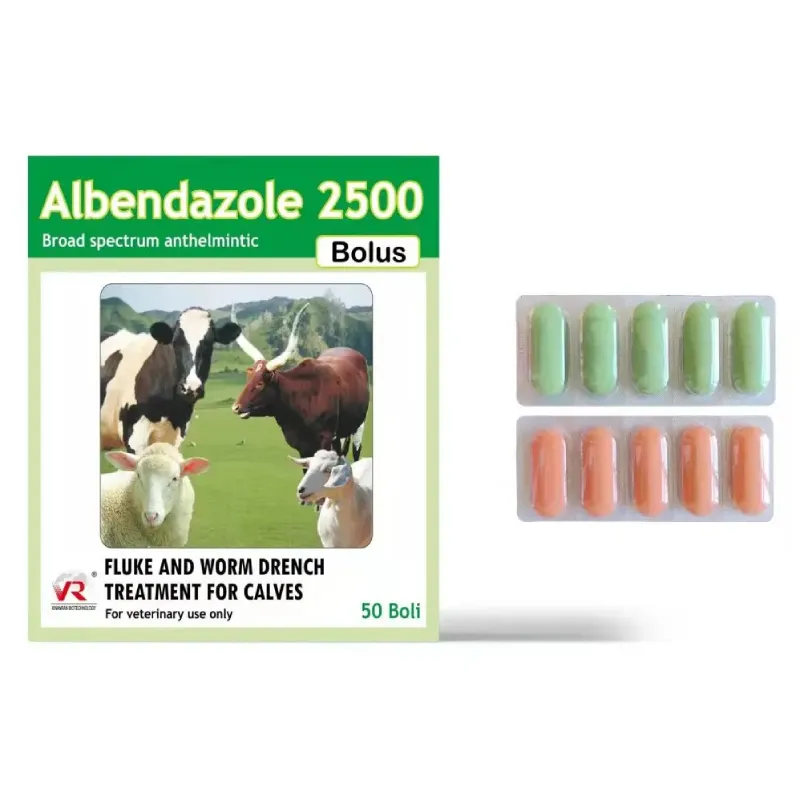- Afrikaans
- Albanian
- Amharic
- Arabic
- Armenian
- Azerbaijani
- Basque
- Belarusian
- Bengali
- Bosnian
- Bulgarian
- Catalan
- Cebuano
- Corsican
- Croatian
- Czech
- Danish
- Dutch
- English
- Esperanto
- Estonian
- Finnish
- French
- Frisian
- Galician
- Georgian
- German
- Greek
- Gujarati
- Haitian Creole
- hausa
- hawaiian
- Hebrew
- Hindi
- Miao
- Hungarian
- Icelandic
- igbo
- Indonesian
- irish
- Italian
- Japanese
- Javanese
- Kannada
- kazakh
- Khmer
- Rwandese
- Korean
- Kurdish
- Kyrgyz
- Lao
- Latin
- Latvian
- Lithuanian
- Luxembourgish
- Macedonian
- Malgashi
- Malay
- Malayalam
- Maltese
- Maori
- Marathi
- Mongolian
- Myanmar
- Nepali
- Norwegian
- Norwegian
- Occitan
- Pashto
- Persian
- Polish
- Portuguese
- Punjabi
- Romanian
- Russian
- Samoan
- Scottish Gaelic
- Serbian
- Sesotho
- Shona
- Sindhi
- Sinhala
- Slovak
- Slovenian
- Somali
- Spanish
- Sundanese
- Swahili
- Swedish
- Tagalog
- Tajik
- Tamil
- Tatar
- Telugu
- Thai
- Turkish
- Turkmen
- Ukrainian
- Urdu
- Uighur
- Uzbek
- Vietnamese
- Welsh
- Bantu
- Yiddish
- Yoruba
- Zulu
Nov . 08, 2024 07:14 Back to list
Classification of Antibiotics Used in Veterinary Medicine
Understanding Veterinary Antibiotics Classification
In the realm of veterinary medicine, antibiotics play a pivotal role in managing infections and promoting animal health. However, the use of these pharmaceuticals demands a thorough understanding of their classification to ensure both efficacy and safety. Antibiotics are categorized based on their source, chemical structure, and mechanism of action, which in turn influences their application, effectiveness, and potential for resistance development.
Classification by Source
Veterinary antibiotics can be classified into several categories based on their source. The two primary sources are natural and synthetic antibiotics.
1. Natural Antibiotics These are derived from living organisms, primarily fungi and bacteria. Common examples include penicillin, derived from Penicillium fungi, and streptomycin, produced by Streptomyces bacteria. Natural antibiotics are often the first line of defense against bacterial infections in animals due to their effectiveness and history of use.
2. Synthetic Antibiotics These are chemically manufactured in laboratories. Examples include sulfonamides and fluoroquinolones. Synthetic antibiotics are designed to have specific properties that enhance their effectiveness against particular pathogens, and they often exhibit broader spectra of activity compared to their natural counterparts.
Classification by Chemical Structure
The chemical structure of antibiotics also plays a crucial role in their classification. This classification system includes several major classes
1. Beta-lactams This class includes penicillins and cephalosporins. They target bacterial cell wall synthesis, making them effective against a wide range of gram-positive and some gram-negative bacteria.
2. Aminoglycosides Agents like gentamicin and neomycin are part of this group. They inhibit protein synthesis and are particularly effective against aerobic gram-negative bacteria.
3. Tetracyclines This group includes tetracycline and doxycycline, known for their broad-spectrum activity and ability to inhibit protein synthesis in bacteria.
veterinary antibiotics classification

4. Macrolides Such as erythromycin and tylosin, these antibiotics also target protein synthesis and are often used in treating respiratory infections in animals.
6. Sulfonamides These synthetic antibiotics inhibit folic acid synthesis in bacteria and are often used in combination therapies.
Mechanism of Action
The mechanism of action is another key aspect of antibiotic classification. Understanding how an antibiotic works can help veterinarians choose the appropriate treatment for a specific bacterial infection.
1. Cell Wall Inhibitors Antibiotics like penicillins target the synthesis of bacterial cell walls, causing the bacteria to lyse and die.
2. Protein Synthesis Inhibitors Many antibiotics, including tetracyclines and aminoglycosides, interfere with the bacteria's ability to produce proteins, leading to cell growth inhibition.
3. Nucleic Acid Synthesis Inhibitors Fluoroquinolones disrupt DNA synthesis, effectively stopping bacterial replication.
4. Metabolism Inhibitors Sulfonamides interfere with folic acid synthesis, which is vital for bacterial growth and reproduction.
Conclusion
The classification of veterinary antibiotics is essential for the effective management of infections in animals. By understanding the differences in source, chemical structure, and mechanism of action, veterinarians can make informed decisions about antibiotic use. This ensures not only the health of animals but also the responsible use of antibiotics, minimizing the risk of resistance development. As the field of veterinary medicine continues to evolve, ongoing education and research are crucial in refining these classifications and adapting to emerging challenges in animal healthcare.
-
Guide to Oxytetracycline Injection
NewsMar.27,2025
-
Guide to Colistin Sulphate
NewsMar.27,2025
-
Gentamicin Sulfate: Uses, Price, And Key Information
NewsMar.27,2025
-
Enrofloxacin Injection: Uses, Price, And Supplier Information
NewsMar.27,2025
-
Dexamethasone Sodium Phosphate Injection: Uses, Price, And Key Information
NewsMar.27,2025
-
Albendazole Tablet: Uses, Dosage, Cost, And Key Information
NewsMar.27,2025













